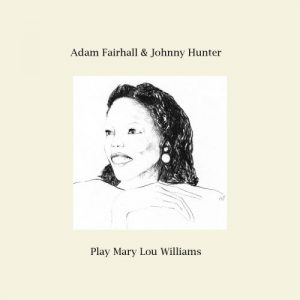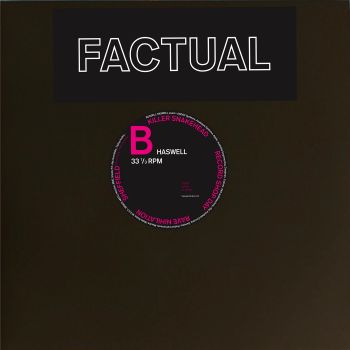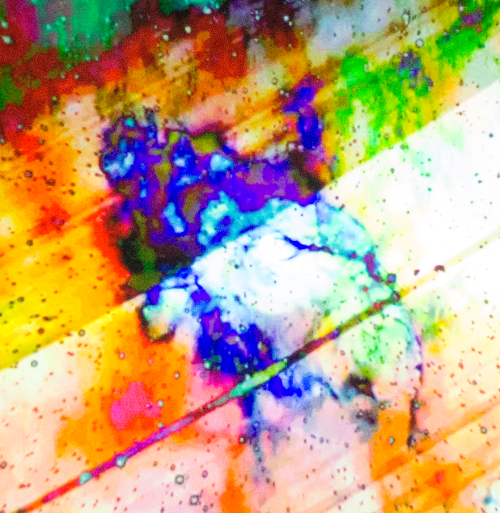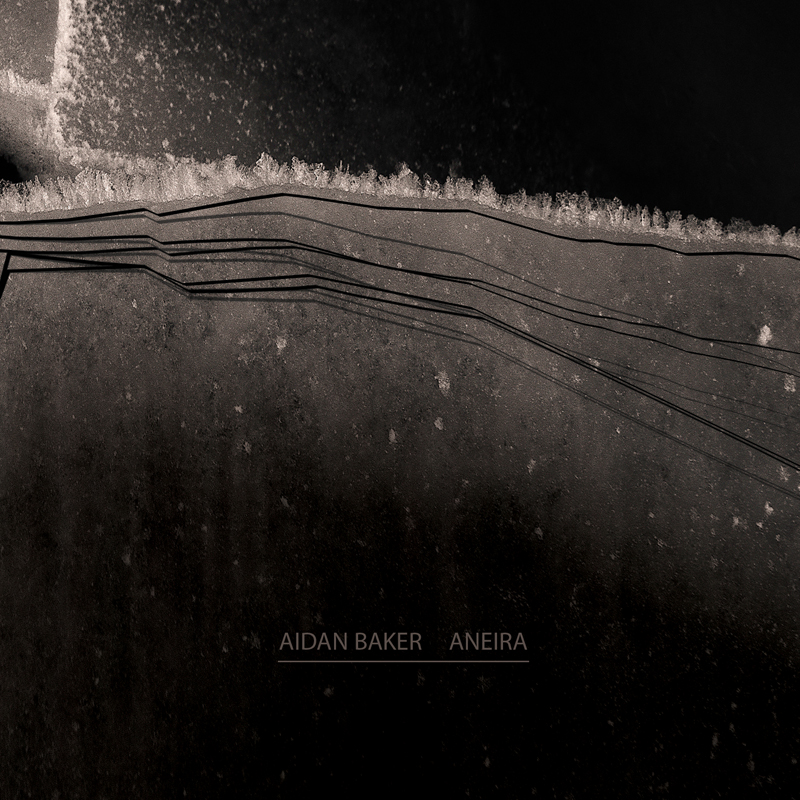 I must confess; I wasn’t familiar at all with the work of Mary Lou Williams, but looking back, there can’t have been many female jazz pianists working in the forties and fifties, let alone any who followed the progression of the genre right from barrel house and boogie-woogie through to the more adventurous and genre splicing times of the ’70s and ’80s.
I must confess; I wasn’t familiar at all with the work of Mary Lou Williams, but looking back, there can’t have been many female jazz pianists working in the forties and fifties, let alone any who followed the progression of the genre right from barrel house and boogie-woogie through to the more adventurous and genre splicing times of the ’70s and ’80s.
Pianist Adam Fairhall has had an interest in her career since he was a youngster, and after performing one of her pieces at a show was approached by Martin Archer to record and album’s worth of pieces spanning her oeuvre. With the accompaniment of Johnny Hunter on snare drum, he has handpicked a selection of ten numbers that shed light on the career of a unique player who was clearly happy in any jazz style.
The pair obviously work in perfect synchronicity and also seem to have form in this area as a couple of years ago, EFPI put out an album of them covering Winifred Atwell. So that love of early blues piano style is obviously ingrained and comes out in the sheer effervescent joy of the playing.The rolling early blues style of opener “Roll ‘Em” is infectious and each little break in the pattern is punctuated by Johnny’s easy drumming style, but it eventually descends into a morass of notes accompanied by a scuffling shuffle. This seems to be part of the show where a song starts out as one thing, dips in to the equivalent of a car wash with everything halting and shivery, and then reappears shining and slightly altered. There are avant-garde piano attacks that turn into a tumult of disparate notes and then the melody reappears, sweet and clear.
There is a romantic swing to “Night Life” with great playfulness in the note selection as he picks his way through, some notes sticking but waiting for the refrain to pop out; while “Gemini” is more mathematical in its approach, building from blocks that extend with each moment. The boogie-woogie hints are a starting point that are then disassembled, and the disparity between left and right hand is marked. At some points the breakdowns are like pigeons scuffling in the trees, and all the while Johnny is matching him in the order and mayhem. Each track inhabits its own world which, considering her career covered over fifty years and included playing with the likes of Duke Ellington and Benny Goodman as well as Thelonious Monk and Charlie Parker, is no great surprise. Thankfully Adam covers all this with great sympathy and a lot of affection, so the melancholic shimmer of “Nicole”, with its evening shadow tones and explosive interludes, sits alongside the personal stop-start trilling of “Mary Lou Blues” and the utterly irresistible boogie-woogie energy of “Lady Be Good”. The way the songs halt part way through and sneak down litter-strewn back alleys and across lumpy railroad tracks before arriving back at the main motif is just as lovely as it is unexpected.It just sounds as though they are having the best of times, with echoes of Scott Joplin and Fats Waller inhabiting “Fandangle”, while “Dirge” is stuck in the swamps of New Orleans, the dramatic tone of Martin’s old upright imbuing the piece with a real soundtrack quality. The drum-free subconscious journey of “A Fungus Amungus” gives Johnny a well-earned break and the album bows out with a sparse, dreamy reprise of “Lady Be Good” which inches past us, slow and sedate.
It is a nice way to go out as it allows the listener to draw breath and ruminate on what has come before. As a love letter to an important part of jazz history and overview of her sprawling career the album is well judged and delightfully delivered and will send most people who are not familiar with her work on a voyage of discovery.-Mr Olivetti-



